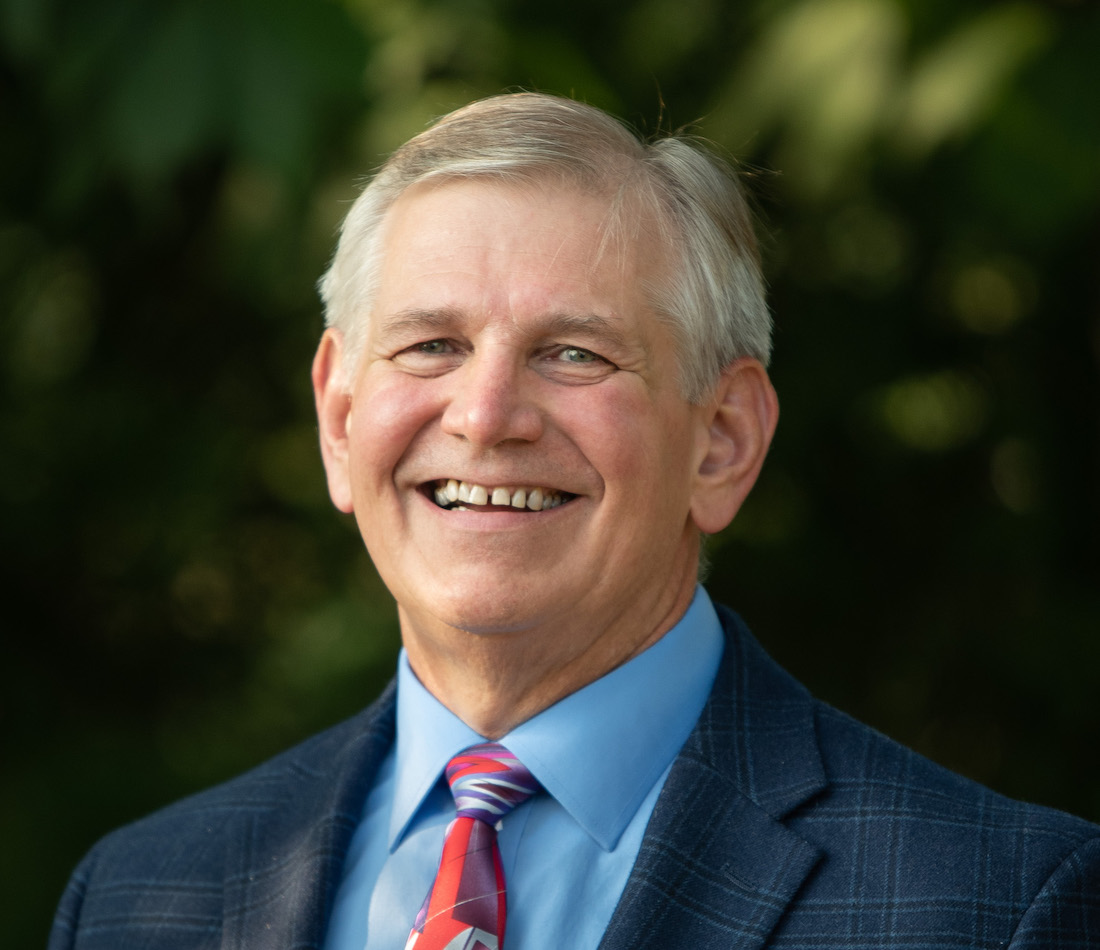One of the pioneers of modern economics was not an economist but a psychologist. Daniel Kahneman passed away on March 27 at age 90, having altered the prevailing paradigms of human decision-making that had underpinned financial theory for two centuries.
Upon graduating from Hebrew University with a psychology degree, Kahneman found himself in the Israeli army assessing officer candidates. He discovered that the standard evaluation process was remarkably bad at predicting future success despite the institutional momentum behind it, leading him to question what he termed the "illusion of validity." Although he didn't know of Kahneman at the time, author Michael Lewis illustrated this illusion of validity in his 2003 best-selling book "Moneyball."
The prevailing economic models from Adam Smith down to the early 1970s rested upon the assumption that human beings assimilate information and make accurate judgments based on that information. Homo economicus, or economic man, as 19th century theorist John Stuart Mill dubbed him, was a rational decision-maker driven by narrow self-interest seeking to optimize his own condition.
Of course, the presumption of perfect rationality did not always apply to every individual, as human imperfection and incomplete information was evident then as today. Yet the underlying thesis assumed that errors were random and effectively canceled each other out so that in the aggregate, humans behaved rationally. The intersection of the supply and demand curves for the market comprised the average of widely disparate individual tradeoffs but produced the "correct" market clearing price.
Kahneman and his friend and collaborator Amos Tversky applied their previous psychological research on decision-making to reach a distinctly different conclusion. They demonstrated through a series of clever experiments in the 1970s that human beings do not behave as impersonal calculating machines even in the aggregate and that human error is systematic.
The key insight was that people make the same mistakes in judgment and that these errors are both consistent and predictable. They found that humans fall victim to systematic errors in thinking, what Kahneman later called "brain kinks," that are the consequence of the evolved cognitive processes that allowed our species to survive.
Although Tversky died in 1996, he would no doubt have shared in the 2002 Nobel Prize for Economics awarded to Kahneman for this pioneering research on what became known as behavioral economics.
Kahneman's work led to another notable achievement. In 2011, he published a book entitled "Thinking, Fast and Slow," an exploration of why we make predictable errors that quickly became required reading for investment professionals. Building on earlier research, Kahneman posited that human decision-making follows two distinctly different pathways depending on the time available to process information, pathways he named System 1 and System 2.
System 1 is the fast track, our instinctive evolutionary defensive mechanism that kicks into gear when we sense danger or must make a snap decision. Early man did not have the luxury of assessing a panoply of inputs when he recognized the sound of a saber-toothed tiger; his survival instinct shouted "run."
System 2 is the slower, more deliberate process we employ to make rational choices based upon collected data and analysis. It is logical and deliberate, the mode we deploy when designing structures, doing our taxes or following a recipe. Most of us prefer to think we depend upon system 2 in financial matters like investing, but inevitably System 1 jumps in to confound us.
Given the immediacy of System 1, data collection is limited, and we resort to what are called heuristics or rules of thumb. These ingrained behavioral instincts, or cognitive biases, are difficult to recognize in real time. For example, anchoring bias describes how we view information relative to some reference point or anchor. A driver traveling 30 miles per hour perceives their speed differently depending on whether they accelerated from a school zone or just got off the interstate.
Another common example is availability bias, relying on a specific memory or disproportionate reporting to infer incorrectly. Most people incorrectly assume that undocumented immigrants commit more crimes, thanks to overrepresentation in media reporting, when in fact native born Americans are twice as likely to commit violent offenses. Kahneman and Tversky identified about 20 separate cognitive biases that fuel heuristics and distort decisions.
Perhaps most pertinent to investor behavior was Kahneman and Tversky's landmark 1979 paper describing a bias called loss aversion as a psychological driver. Individual investors, it turns out, feel more pain from a loss than the pleasure they experience from a gain. Suppose you are offered a choice between a sure $100 or a 50% chance of winning $200 or zero. Faced with these two prospects, most people choose the certain $100 even though the expected or average outcome is $100 in each scenario. Discovery of this consistent behavior, which they called "prospect theory," led to Kahneman's Nobel award.
Resisting the urge to fall back on down and dirty shortcuts is one of the most difficult challenges for both individual and professional investors to overcome. Consulting a competent advisor can be helpful in creating and sticking to a longer-term plan, but even professional investors struggle to resist System 1 biases. Try to slow down and deliberately engage your more deliberate System 2 processes. Ask questions, challenge assumptions, and consider alternative scenarios when confronted with the impulse to act on a hot tip or a gut instinct. Unless there's a tiger on your heels.
Christopher A. Hopkins, a chartered financial planner, is a co-founder of Apogee Wealth Advisors.
